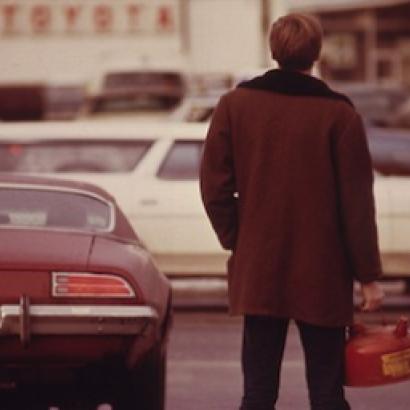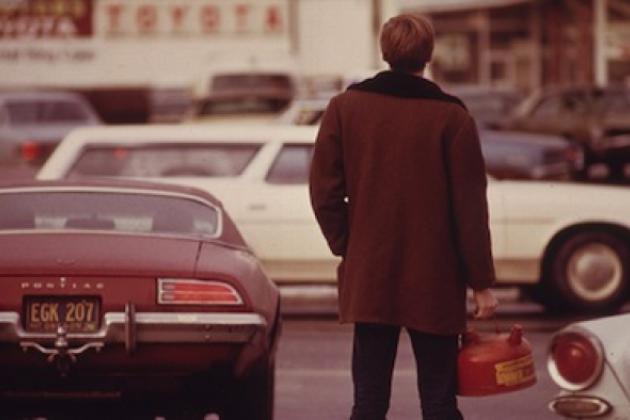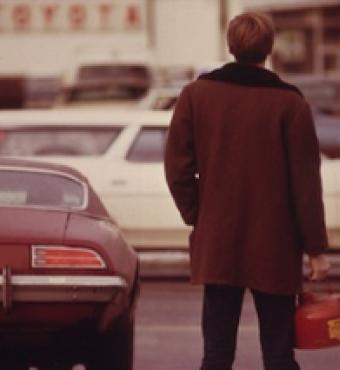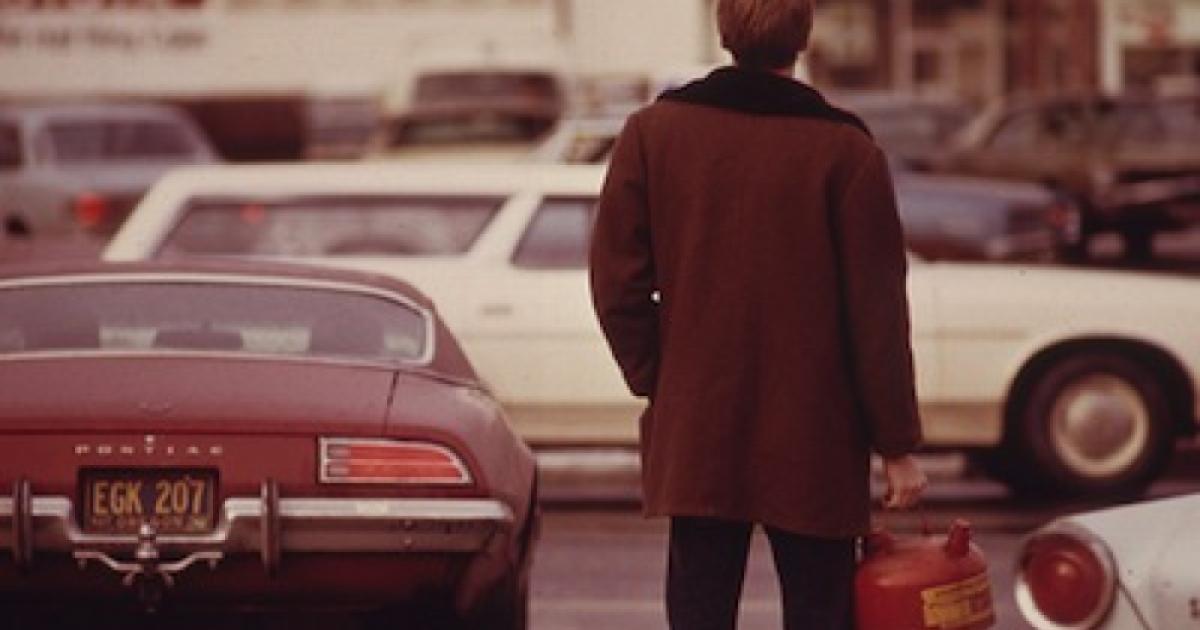Editor's note: The following essay is the fourth in a seven-part series of excerpts from George P. Shultz's new book Issues on My Mind: Strategies for the Future. Defining Ideas will feature these short excerpts from the book, accompanied by video interviews of Secretary Shultz.
I took a leave of absence from the University of Chicago to become President Nixon’s secretary of labor in 1969. In March of that year, I received a letter from Edward Levi, president of the University of Chicago. The letter read, “Dear George, I see you have reformed the Job Corps and now you are taking over the oil import control system. What would you like to teach next fall?” Levi’s letter was prompted by President Nixon’s announcement that I would head the Cabinet Task Force on Oil Import Control.
The importance and sensitivity of the assignment is evidenced by the members of my task force, which included the secretaries of state, treasury, defense, interior, and commerce, as well as the director of the Office of Emergency Preparedness. I also had official advisers, including the director of the Bureau of the Budget, the chairman of the Federal Power Commission, the assistant attorney general, a representative of the Council of Economic Advisers, the Special Representative for Trade Negotiations, and the head of the Office of Science and Technology Policy. It was a high-powered group with a daunting assignment.
I managed to persuade Phillip Areeda, a distinguished professor of law at Harvard, to be the executive director of the task force. He recruited an impressive staff. Given the political sensitivity of the energy issue, our task force decided on an unusual procedure. Rather than hold hearings or invite people to come in privately to give us their views, we published in the Federal Register an extensive list of questions that we thought were relevant to our work. We encouraged anyone who was interested to make a written submission, and all submissions were put on file for public review. When someone wished to talk to us, we assented and told them that an account of the meeting would be placed on the public record. After a reasonable period of time, we conducted what we called a rebuttal round, inviting people to challenge any of the submissions that, in their view, needed to be corrected.

1973 gas lines (Photo credit: Austen Hufford)
I was amazed at how well this process worked. The task force received some excellent material, including more than 10,000 pages of letters, memoranda, and other written submissions. This productive process was also much less expensive than it would have been if public hearings had been held in various locations.
President Nixon agreed with me in advance that our task force report should be published. When it was released, I was stunned by the intensity of the response it received in congressional hearings and from the press. Our report called for a sharply improved management system for the energy program in order to keep up with the many facets of the supply-and-demand situation in the United States, North America, the Middle East, and elsewhere around the world. Discussing our report with the Senate Judiciary Committee, I said:
Our conclusion is that the most serious contingency is not military but political and arises out of Arab-Israeli tensions in the Middle East and North Africa. Accordingly, we have focused our security analysis on a denial of all Arab supplies to all free-world markets, varying the model to include interdiction of Iranian supplies as well and extending the crisis beyond one year to two and even three years.
The plan the Task Force proposes would draw the bulk of our imports from Canada and other acceptably secure Western Hemisphere sources, and would strictly limit Eastern Hemisphere imports to a maximum of 10 percent of US demand.
We also look at certain pre-crisis investments that could be made to increase domestic emergency supplies—through conventional and underground storage, production from synthetics, and the creation of strategic reserves. . . . If pre-crisis trade flows from uninterrupted sources were to continue without diversion, the Western Hemisphere could survive comfortably without any rationing whereas the rest of the free world would be beyond relief even with tolerable (10 percent) rationing throughout the free world.
This task force work came rushing back to me in October 1973 when, as secretary of the treasury, I had a principal role in coping with the Arab oil boycott, launched in response to a US decision to resupply the Israeli military during the Yom Kippur War and administered in such a way as to cause our allies to pull away from us. For example, the United Kingdom and France had hardly any interruptions in oil supply, no doubt as a reward for refusing to allow the United States to use their airfields in our effort to resupply Israel.
When the price of crude oil quadrupled, the reaction in the United States took unusual forms. Many state governments asked their citizens to forgo Christmas lights. Oregon went further, banning all commercial lighting, and many politicians called for a national gas rationing program. The president requested service stations to voluntarily suspend the sale of gasoline on Saturdays and Sundays. The 90 percent compliance with his request resulted in long lines at gas stations on weekdays.
I reflected on President Eisenhower’s notion that importing more than 20 percent of the oil the United States used would be asking for trouble in national security terms, and I said to myself, “Ike had a point.” Of course, as treasury secretary I was also distressed about the economic impact of our dependence on foreign oil.
The oil crisis sparked a surge of interest in alternative forms of energy. I thought the effort was worth encouraging, and a number of interesting ideas were presented. But even I, a non-expert, could see that it would be years before these developments could produce enough energy to substantially reduce our need for imported oil.
















